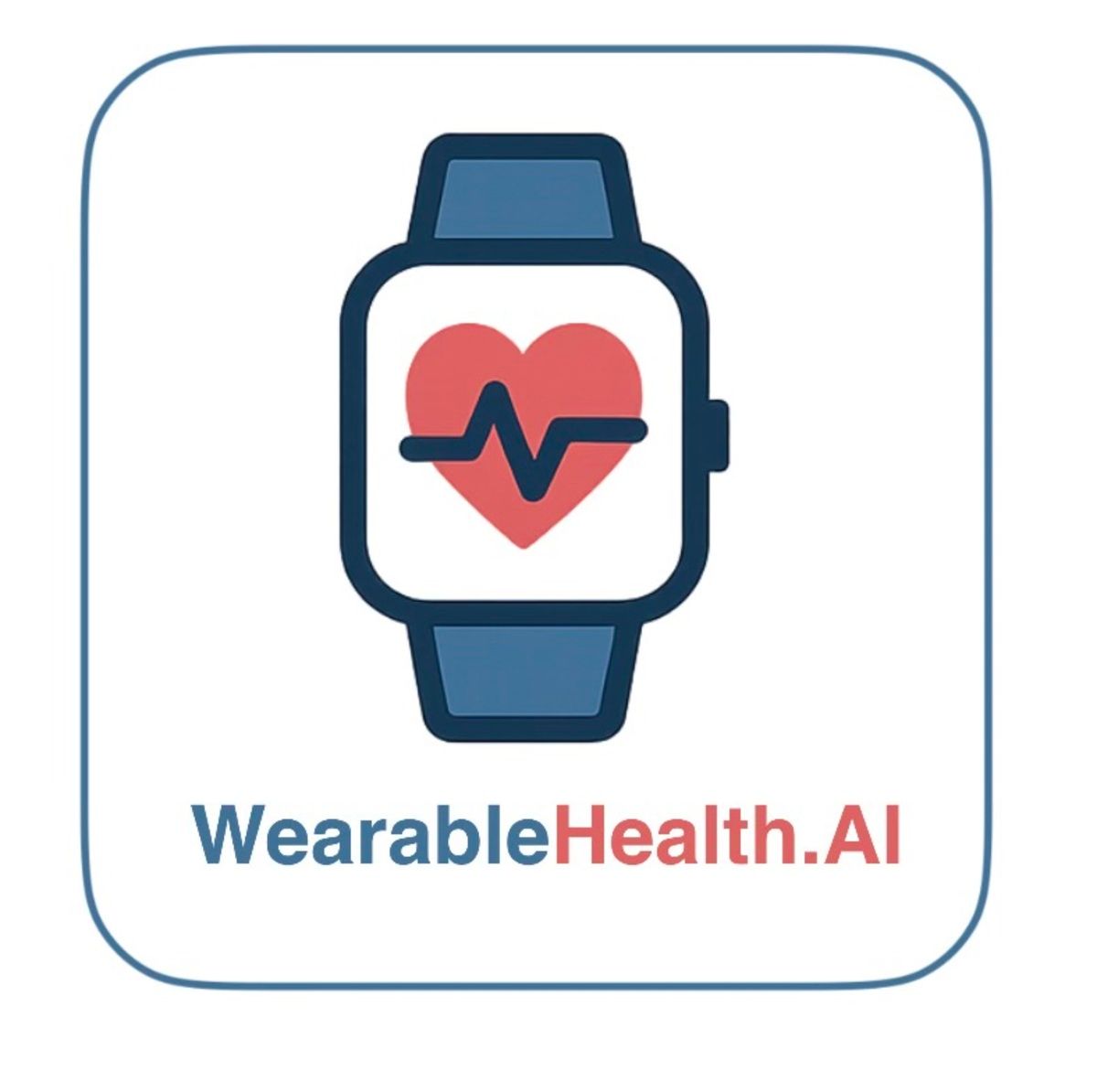The FDA’s recent warning letter to WHOOP over its Blood Pressure Insights feature marks another chapter in what feels like the Wild West of Wearable Health tech.
WHOOP’s feature—passively estimating overnight blood pressure ranges to guide sleep and recovery—is clearly labeled for wellness use only. It doesn’t diagnose disease. It doesn’t claim to treat hypertension. Users must even acknowledge upfront that it’s not a medical device.
Yet the FDA’s position is clear: any display of blood pressure data triggers medical device classification.
Is this regulatory overreach? Or necessary guardrails to protect public safety?
As a cardiologist, I’ll add this: most patients rarely check their blood pressure outside of clinic visits. Even those who do often rely on outdated, inaccurate home cuffs. From my perspective, if WHOOP’s insights are reasonably accurate, they aren’t causing harm. They’re providing education. If anything, tools like this can raise awareness, prompt healthier decisions, and make patients more engaged in their own care.
WHOOP’s battle isn’t just about blood pressure. It’s about whether people have the right to access and interpret their own health data.
The FDA’s bureaucracy isn’t designed for the speed of digital health innovation. In today’s world, waiting years for regulatory approval is simply too long. Healthcare consistently lags behind other industries—not because innovation isn’t possible, but because we hide behind layers like HIPAA and FDA oversight that, while important, often serve as barriers rather than safeguards. These delays don’t just slow progress—they cost lives. It’s time for a new solution.
I believe it’s time to establish a Digital Health Validation Council—an independent, multidisciplinary body of clinicians, researchers, and biomedical engineers—dedicated to reviewing data from wearable companies and validating safety, accuracy, and efficacy. This council would serve as a science-first bridge between innovation and regulation, ensuring consumer protection without stifling progress.
The future of healthcare depends on wearables, AI, and patient-driven data. Waiting years for legacy regulatory frameworks to catch up is not an option.
Let’s build a smarter, faster, more collaborative system. One that protects consumers and accelerates innovation.
Should the FDA have jurisdiction over every data point your wearable shows you? Or is it time for a new approach?
